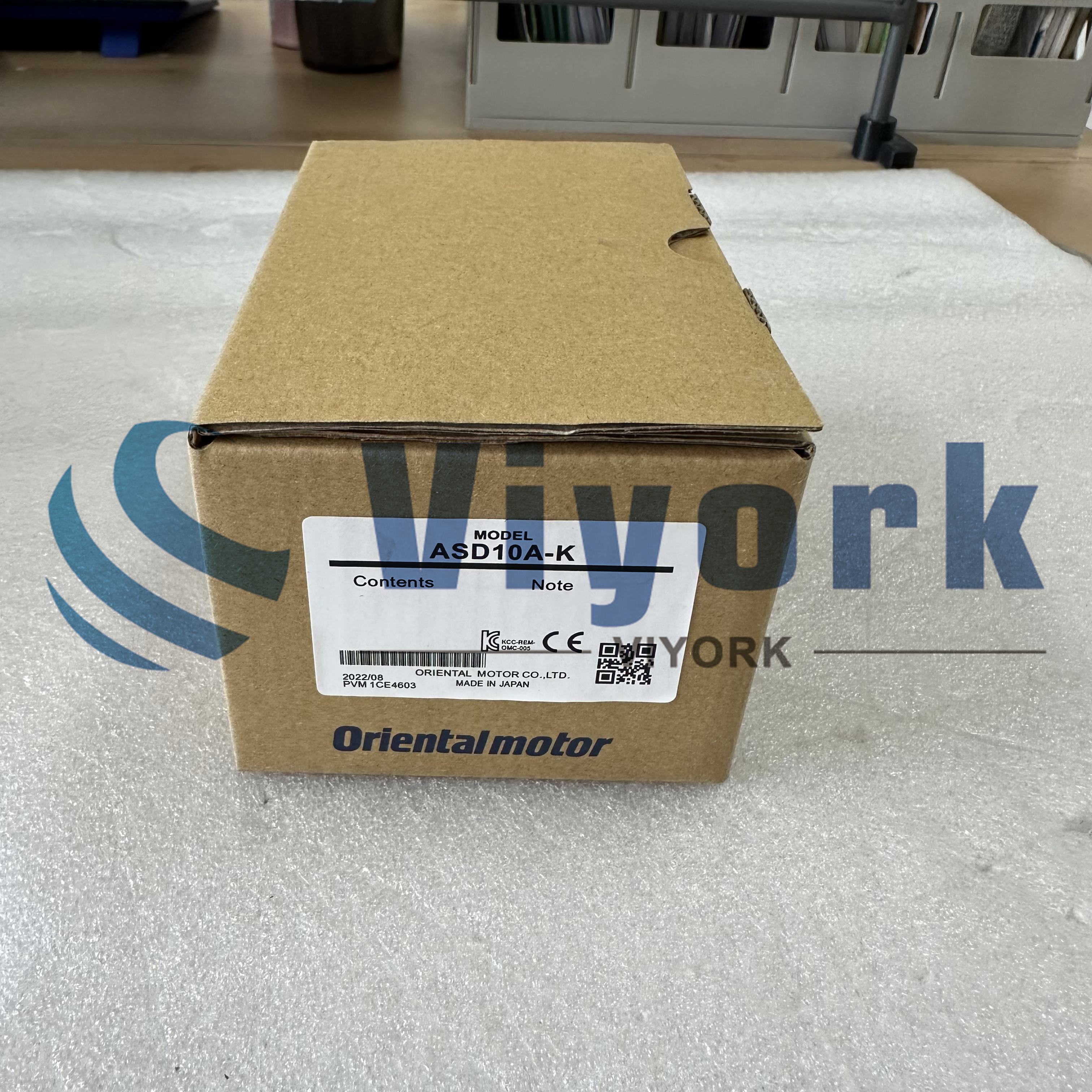In addition to setting the parameters correctly according to the user manual, the correct use of the servo motor driver should also be combined with the using scenarios and load conditions for flexible operation. Similarly, in addition to replacing the parts of the same model for the maintenance of the servo motor system, you can also use parts of different models after analyzing the functions and signals of the original equipment.
1. The position proportional gain of servo motor driver
Set the proportional gain of the position loop regulator; the larger the setting value, the higher the gain and the greater the stiffness and under the condition of the same frequency command pulse, the position lag is smaller. However, if the value of servo motor driver is too large, it may cause oscillation or overshoot; the parameter value is determined by the specific servo system model and load conditions.
2. The position feedforward gain of servo motor driver
Set the feedforward gain of the position loop; the larger the setting value, the smaller the position lag under any frequency command pulse; the larger the feedforward gain of the position loop, and the high-speed response characteristics of the control system will improve, but it will cause that the position of the servo motor driver system is unstable and easily oscillates; when high response characteristics are not required, this parameter is usually set to 0 to indicate the range: 0~100%.
3. The speed proportional gain of servo motor driver
Set the proportional gain of the speed regulator; the larger the setting value, the higher the gain and the greater the stiffness. The parameter value is determined according to the specific servo drive system model and load value. In general, the larger the load inertia of the servo motor driver, the larger the setting value; under the condition that the system does not produce oscillation, try to set a larger value.
4. The speed integral time constant of servo motor driver
Set the integral time constant of the speed regulator; the smaller the setting value, the higher the integral speed. The parameter values are determined according to the specific servo drive system model and load conditions. Under normal circumstances, the greater the load inertia of the servo motor driver, the greater the setting value; under the condition that the system does not oscillate, try to set a smaller value.
5. The speed feedback filter factor of servo motor driver
Set the characteristics of the speed feedback low-pass filter; the larger the value, the lower the cut-off frequency, and the smaller the noise generated by the motor. If the load inertia is large, the setting value can be appropriately reduced. If the value is too large, the response will be slower and may cause oscillation; the smaller the value, the higher the cut-off frequency, and the higher the speed feedback response. If you need a higher speed response, you can appropriately reduce the setting value.
6. The maximum output torque setting of servo motor driver
Set the internal torque limit value of the servo motor; the setting value is a percentage of the rated torque; at any time, this limit is valid for the positioning completion range; set the positioning completion pulse range in the position control mode.
 Call us on:
Call us on:  Email Us:
Email Us:  1103, Block C, South Building, Luo Fang Road, Luohu District, Shenzhen, 518001, China
1103, Block C, South Building, Luo Fang Road, Luohu District, Shenzhen, 518001, China 








